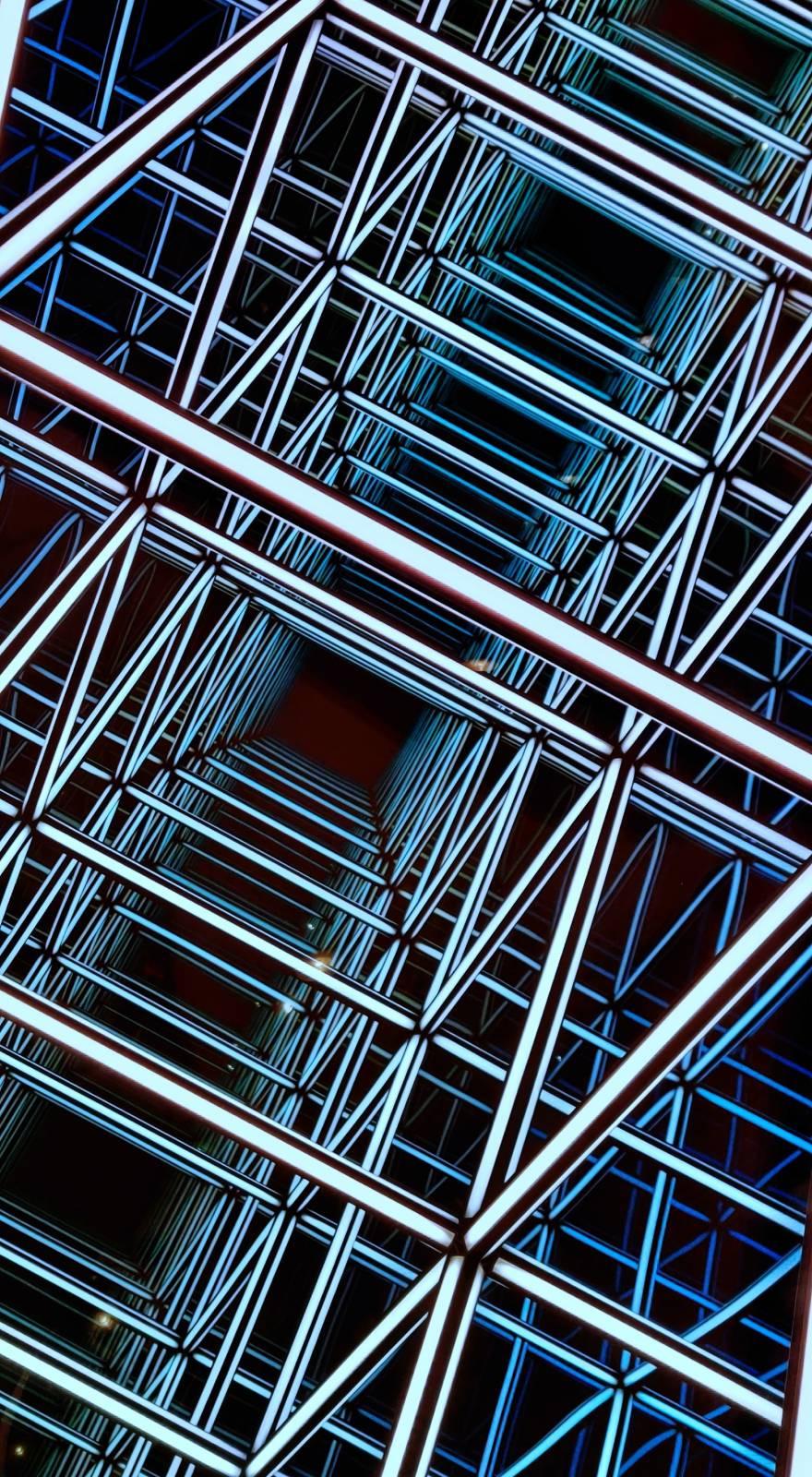Knowde Enhanced TDS
Identification & Functionality
- Product Type
- Technologies
- Product Families
Features & Benefits
- Ready-to-Use Product Features
Applications & Uses
- Markets
- Applications
Primer
None required
Topcoat
Optional – Many products are suitable as topcoats including multiple coats of this product. For added chemical resistance, color stability or UV stability, topcoat with a suitable aliphatic urethane.
Limitations
- Color or gloss may be affected by humidity, low temperatures, chemical exposure or sodium vapor lighting.
- Product will yellow in the presence of UV light
- For best results use a 1/4” or 3/8” nap roller.
- Slab on grade requires moisture barrier
- Substrate temperature must be 5°F above dew point.
- All new concrete must be cured for at least 30 days *Product color will vary from batch to batch. Use only product from the same batch for an entire job.
- Improper mixing or too thick of an application may result in product failure
- Light or bright colors (white, safety colors etc.) may require multiple coats or a topcoat to achieve a satisfactory hide, depending on the substrate.
- Physical properties listed on this technical data sheet are typical values and not specifications.
Mixing And Application Instructions
- Product Storage: Store product in an area so as to bring the material to normal room temperature before using. Continuous storage should be between 60 and 90 degree F. Keep from freezing.
- Surface Preparation: Surface preparation will vary according to the type of complete system to be applied. For a one or two coat thin build system (3-10 mils dry) we recommend either mechanical scarification or acid etching until a suitable profile is achieved. For a complete system build higher than 10 mils dry, we recommend a fine brush blast (shot blast). All dirt, oil, dust, foreign contaminants and laitance must be removed to assure a trouble free bond to the substrate. A test should be made to determine that the concrete has an appropriate vapor barrier. This can be done by placing a 4’X4’ plastic sheet on the substrate and taping down the edges. If after 24 hours, the substrate is still dry below the plastic sheet, then the substrate does not show signs of eventual hydrostatic pressure problems that may later cause disbanding. However, this product can be applied to a damp floor as long as there are not standing puddles.
- Product Mixing: This product comes pre-packaged by weight. Kits should be mixed in their entirety. If partial kits are to be used, refer to the front of this technical data for proper weight mix ratios. After the two parts are combined, mixes well with slow speed mixing equipment such as a jiffy mixer until the material is thoroughly mixed and streak free. This product is an emulsion product and should be mixed well before using.
- Product Application: The mixed material can be applied by brush or roller. Maintain temperatures within the recommended ranges during the application and curing process. Apply material with relative humidity within the parameters shown on the technical data. When the end of the pot life has been reached, you will find that the material becomes hard to apply and will actually tend to roll back up onto the roller. Do not try to continue application when the coating has reached this step. Applications made at different times with differing environmental conditions, may show slight variations in gloss.
- Recoat Or Topcoating: If you opt to recoat or topcoat this product, you must first be sure that all of the solvents and water have evaporated from the coating during the curing process. The information on the front side are reliable guidelines to follow. However, it is best to test the coating before recoating or topcoating. This can be done by pressing on the coating with your thumb to verify that no fingerprint impression is left. If no impression is created, then the recoat or topcoat can be started. Always remember that colder temperatures will require more cure time for the product before recoating or topcoating can commence. Before recoating or topcoating, check the coating to insure no epoxy blushes were developed (a whitish, greasy film or deglossing). If a blush is present, it must be removed prior to topcoating or recoating. A standard type detergent cleaner can be used to remove any blush. Many epoxy overlays and coatings as well as urethanes are compatible for use as a topcoat for this product as well as multiple coats of this product.
- Cleanup: Use PM solvent
- Floor Cleaning: Caution! Some cleaners may affect the color of the floor installed. Test each cleaner in a small area, utilizing your cleaning technique. If no ill effects are noted, you can continue to clean with the product and process tested.
- Restrictions: Restrict the use of the floor to light traffic and non-harsh chemicals until the coating is fully cured (see technical data under full cure). It is best to let the floor remain dry for the full cure cycle.
Directions for Use
- For 1-2 coat system, we recommend either a mechanical scarification or acid etching.
- For higher build, we recommend a fine brush blast.
- Ensure all dirt, oil, dust, or other debris has been removed and surface is dry.
- Exact mixing ratio is necessary, so we recommend mixing the entire kit unless proper weighing equipment is available.
- Mix thoroughly with slow-speed mixer until material is streak-free.
- Apply using a roller or brush.
- For cleanup, use PM solvent
Properties
- Typical Properties
| Value | Units | Test Method / Conditions | |
| Solids (Weight, Mixed, Colors) | 51 - 55 | % | — |
| Solids (Weight, Mixed, Clear) | 43 - 45 | % | — |
| Solids (Volume, Mixed, Colors) | 15 - 67 | % | — |
| Solids (Volume, Mixed, Clear) | 10 - 26 | % | — |
| Volatile Organic Content (Colors, Mixed) | 1.01 | pounds per gallon | — |
| Volatile Organic Content (Clear, Mixed) | 1.0 | pounds per gallon | — |
| Recommended Film Thickness (Wet Thickness) | 5 - 7 | mils per coat | — |
| Coverage Per Gallon (5-7 Mils Wet Thickness) | 229 - 320 | square feet | — |
| Mix Ratio (Color, Part A to Part B) | 8.5/1.75 | — | — |
| Mix Ratio (Clear, Part A to Part B) | 6.55/1.90 | — | — |
| Finish Characteristics (60°C, Erichsen glossmeter) | Satin gloss | — | — |
| Abrasion Resistance (Taber adrasor CS-17 calibrase wheel with 1000 gram total load and 500 cycles) | 54.0 | — | — |
| Impact Resistance | 50.0 | — | — |
| Flexibility | No cracks on a l/8" mandrel | — | — |
| Adhesion (Elcometer, concrete failure, no delamination) | 425.0 | psi | — |
| Viscocity (Colors) | 900 - 1200 | cps | — |
| Viscocity (Clear) | 400 - 900 | cps | — |
| Cure Schedule (70°F, Cot life-1 1/2 gallon volume) | I.0 - 1.5 | hours | — |
| Cure Schedule (70°F, Tack free, dry to touch) | 5 - 8 | hours | — |
| Cure Schedule (70°F, Recoat or topcoat) | 7 - 10 | hours | — |
| Cure Schedule (70°F, Light foot traffic) | 16 - 24 | hours | — |
| Cure Schedule (70°F, Full cure, heavy traffic) | 2 - 7 | days | — |
| Application Temperature | 55 - 90 | °F | — |
| Relative Humidity | max. 75 | % | — |
Technical Details & Test Data
- Chemical Resistance
REAGENT RATING Acetic acid 5% B Xylene B Mek A Gasoline B 10% Sodium hydroxide C 50% Sodium hydroxide B 10% Sulfuric B 10% hydrochloric acid B 20% Nitric acid A Ethylene glycol C Rating key: A - not recommended, B - 2 hour term splash spill, C - 8 hour termsplash spill, D - 72 hour immersion, E - long term immersion.
Packaging & Availability
- Packaging & Availability
2 gallon and 5 gallon kits (volume approx.)
Storage & Handling
- Shelf Life
- 1 Year (Unopened Containers)

